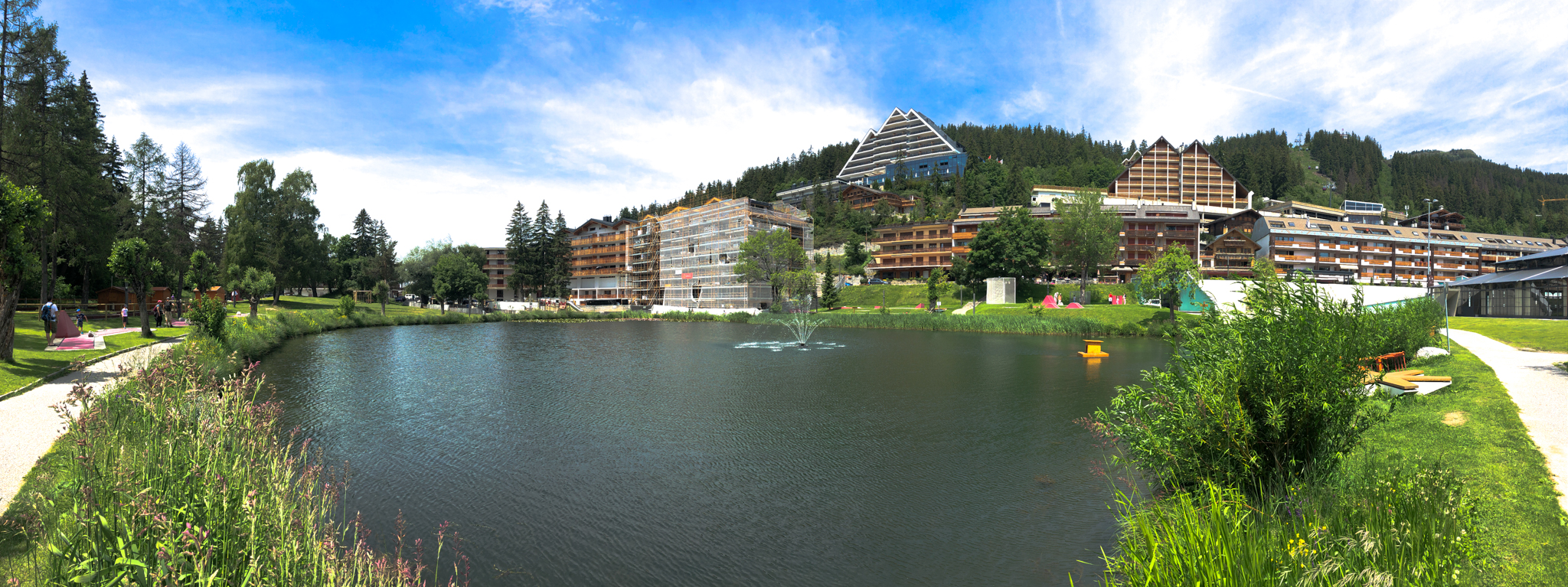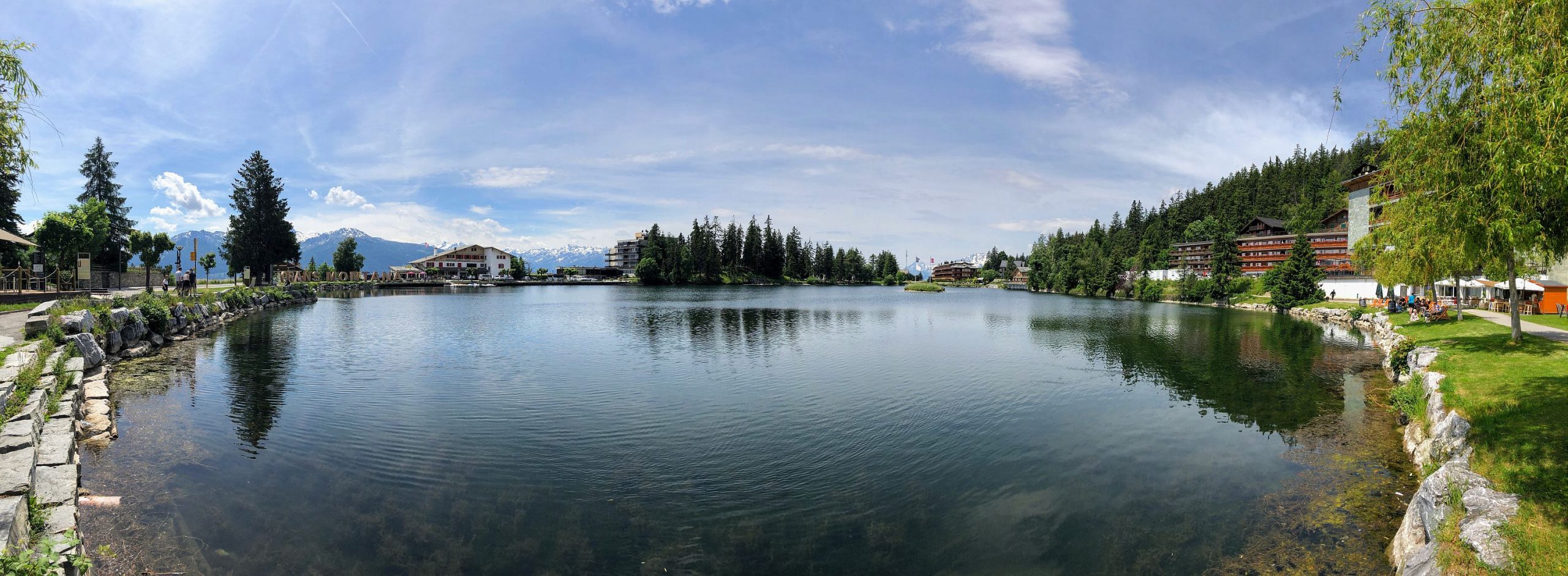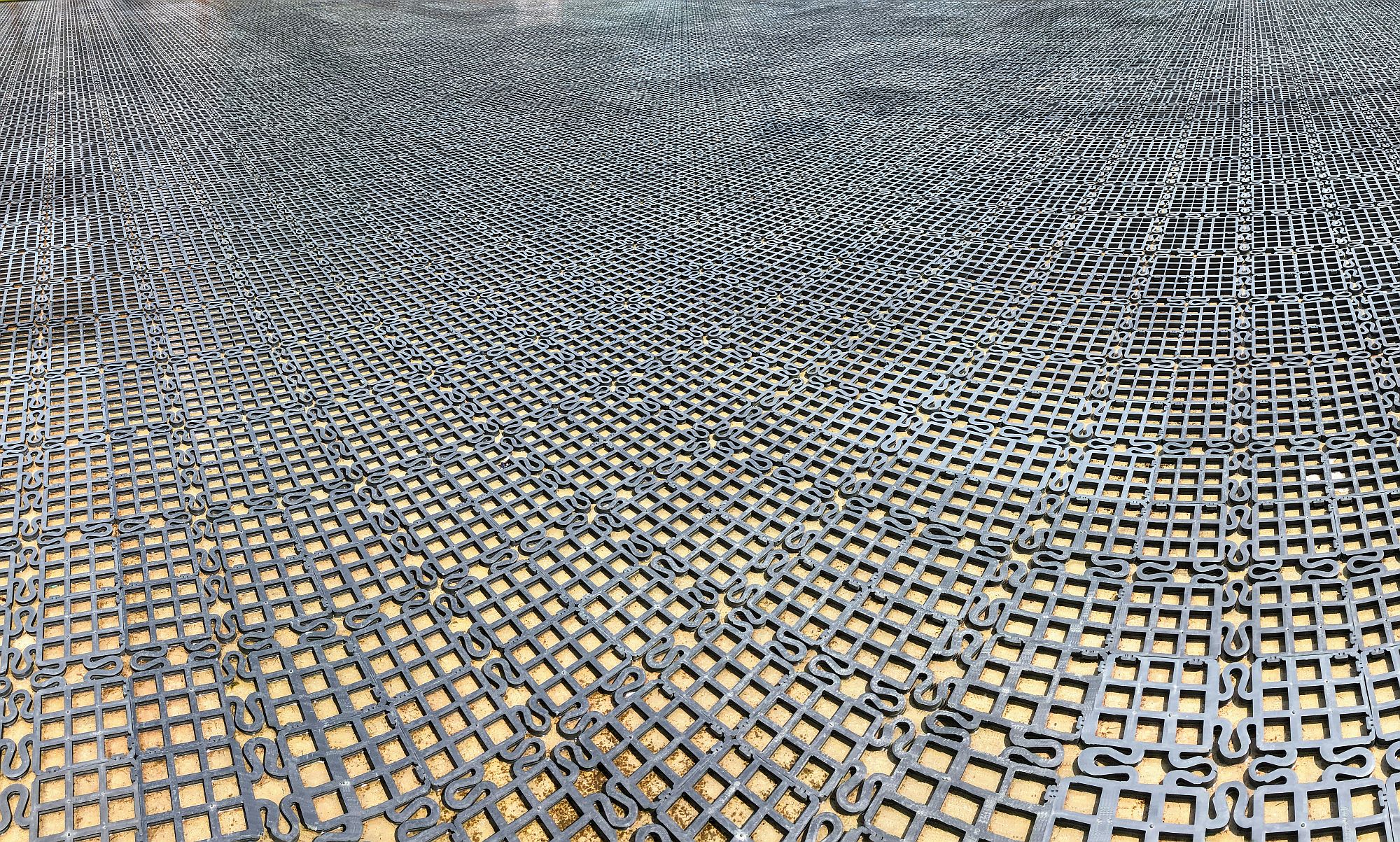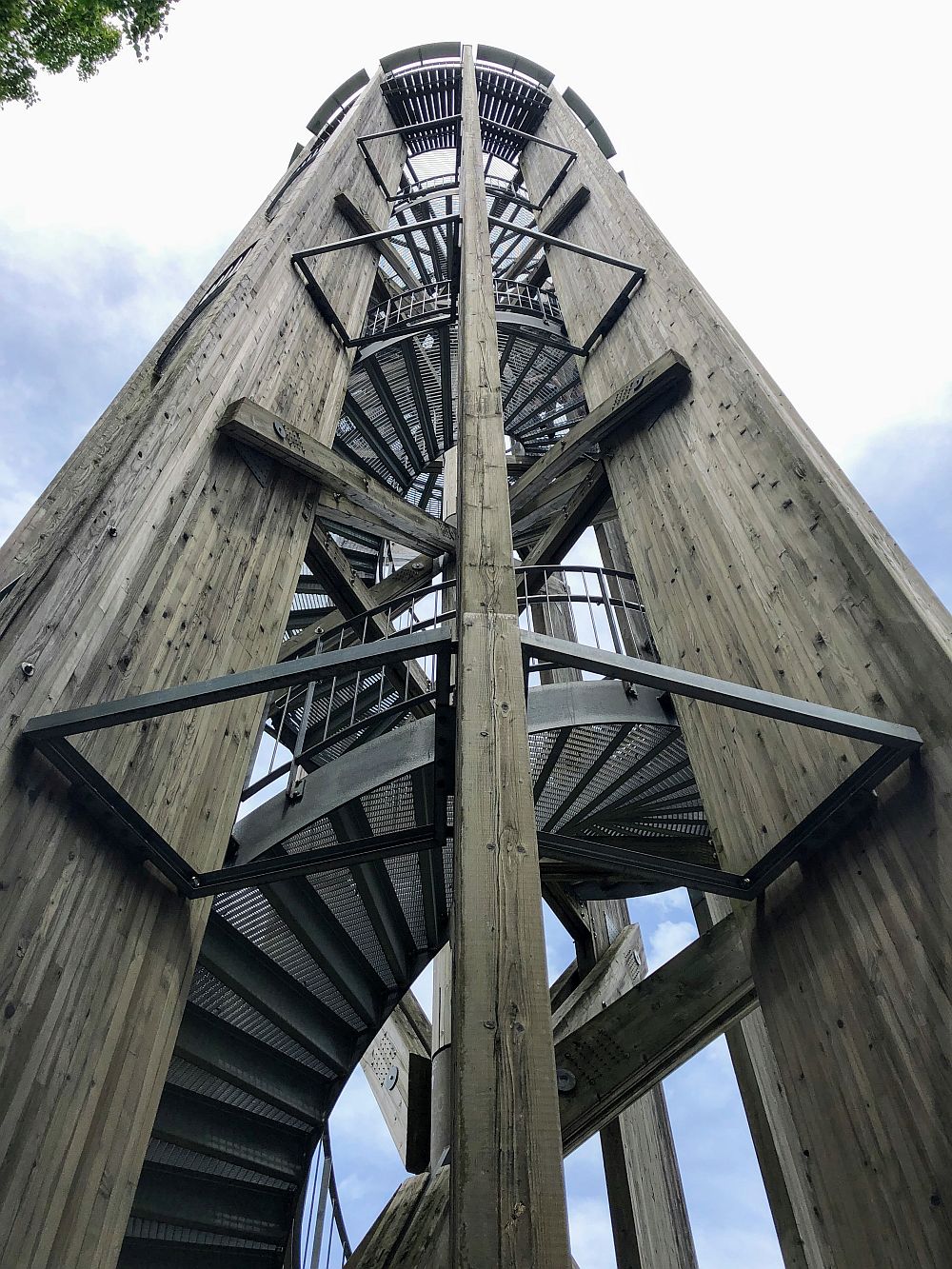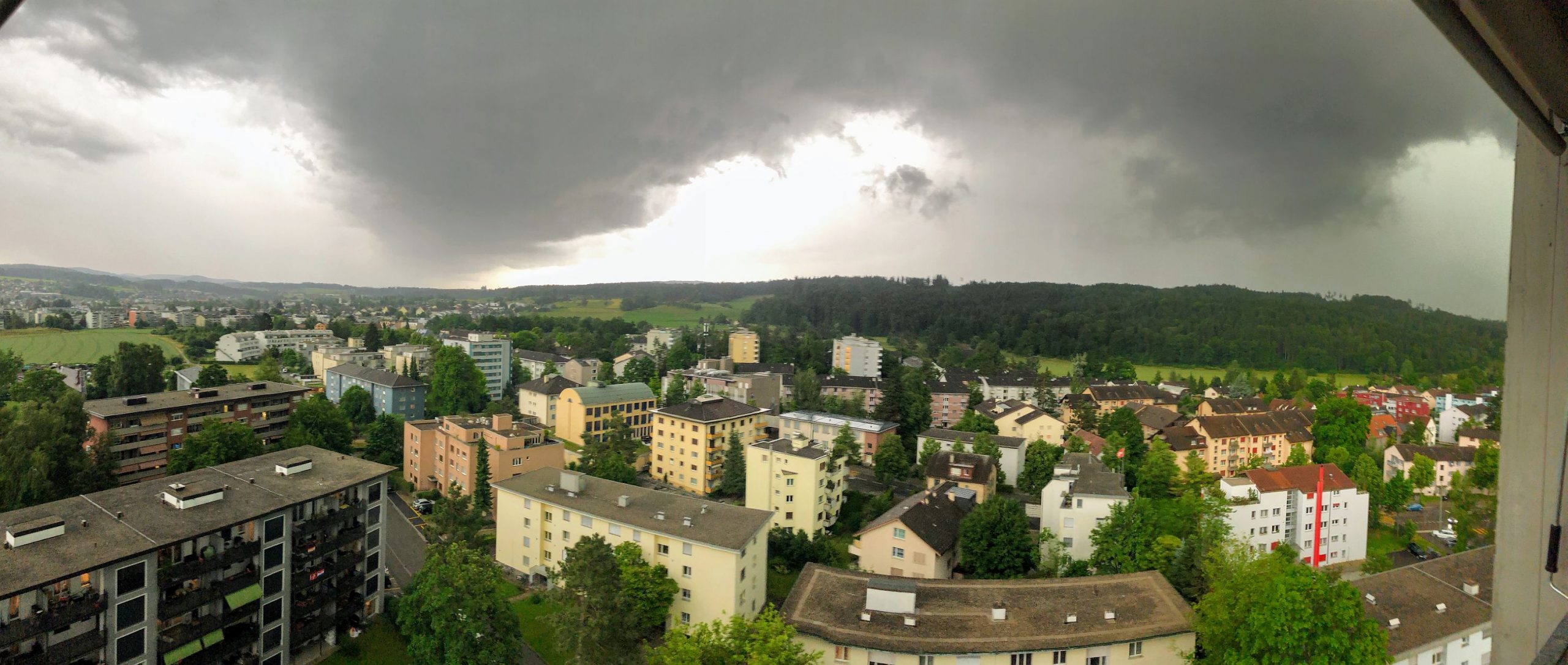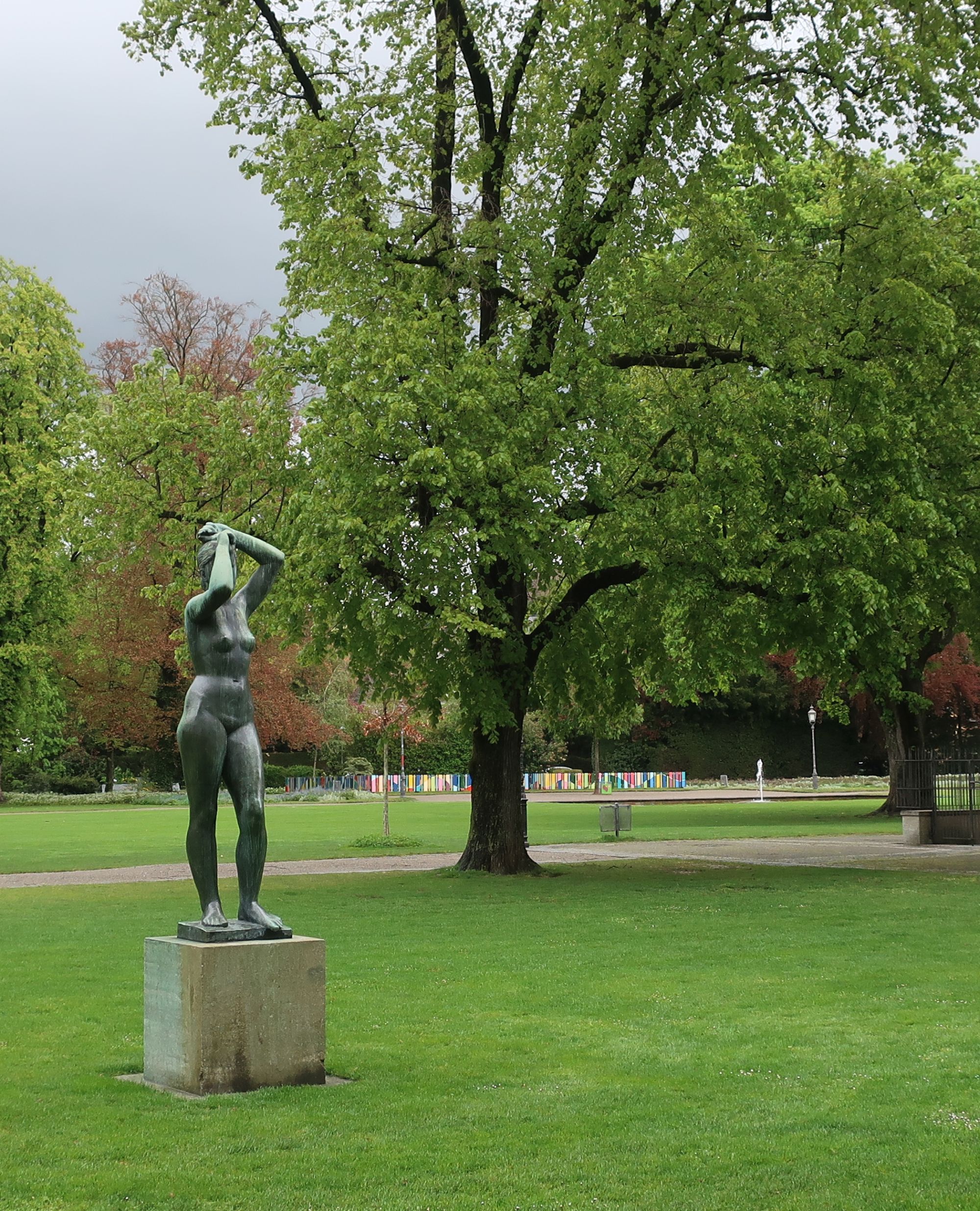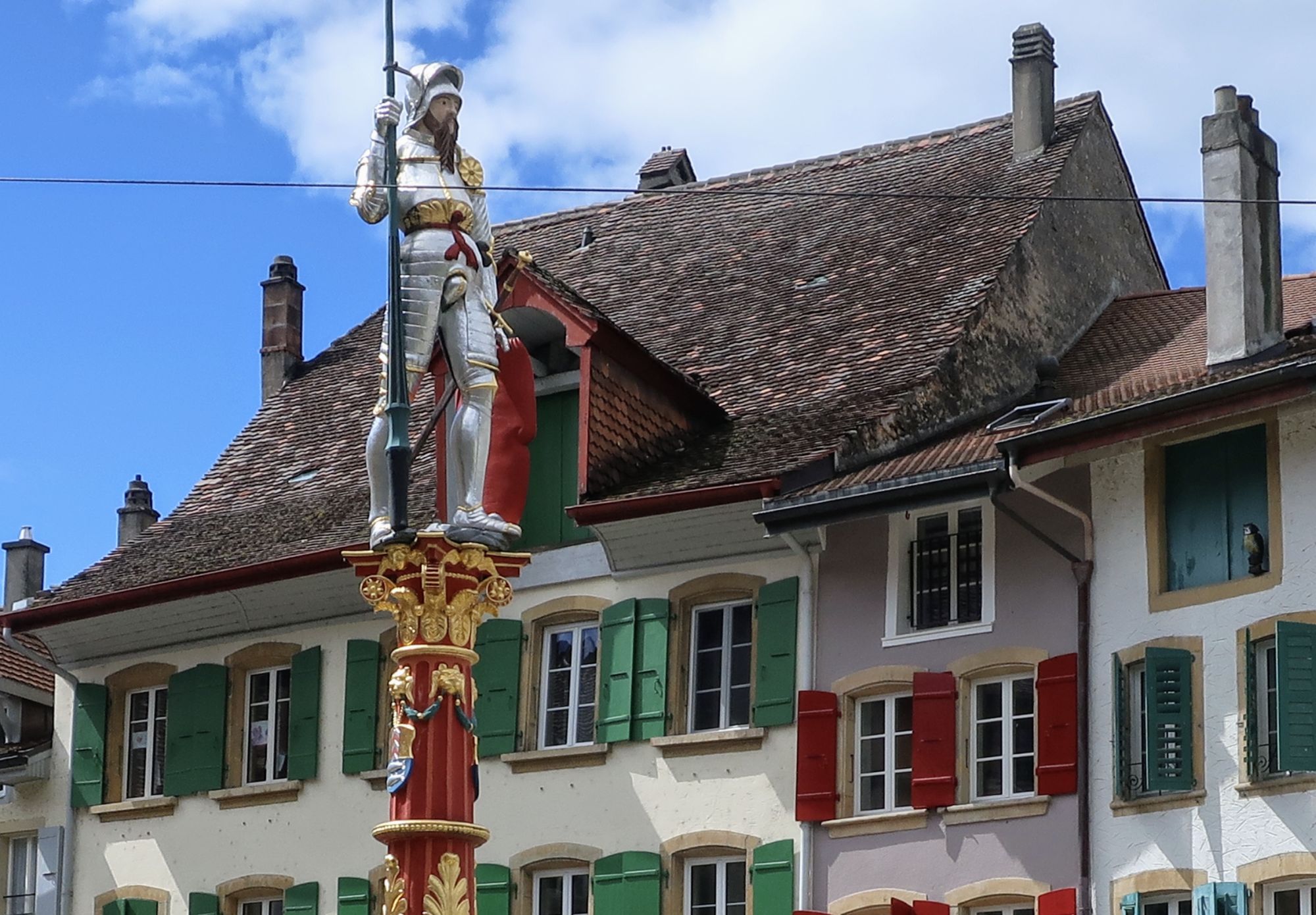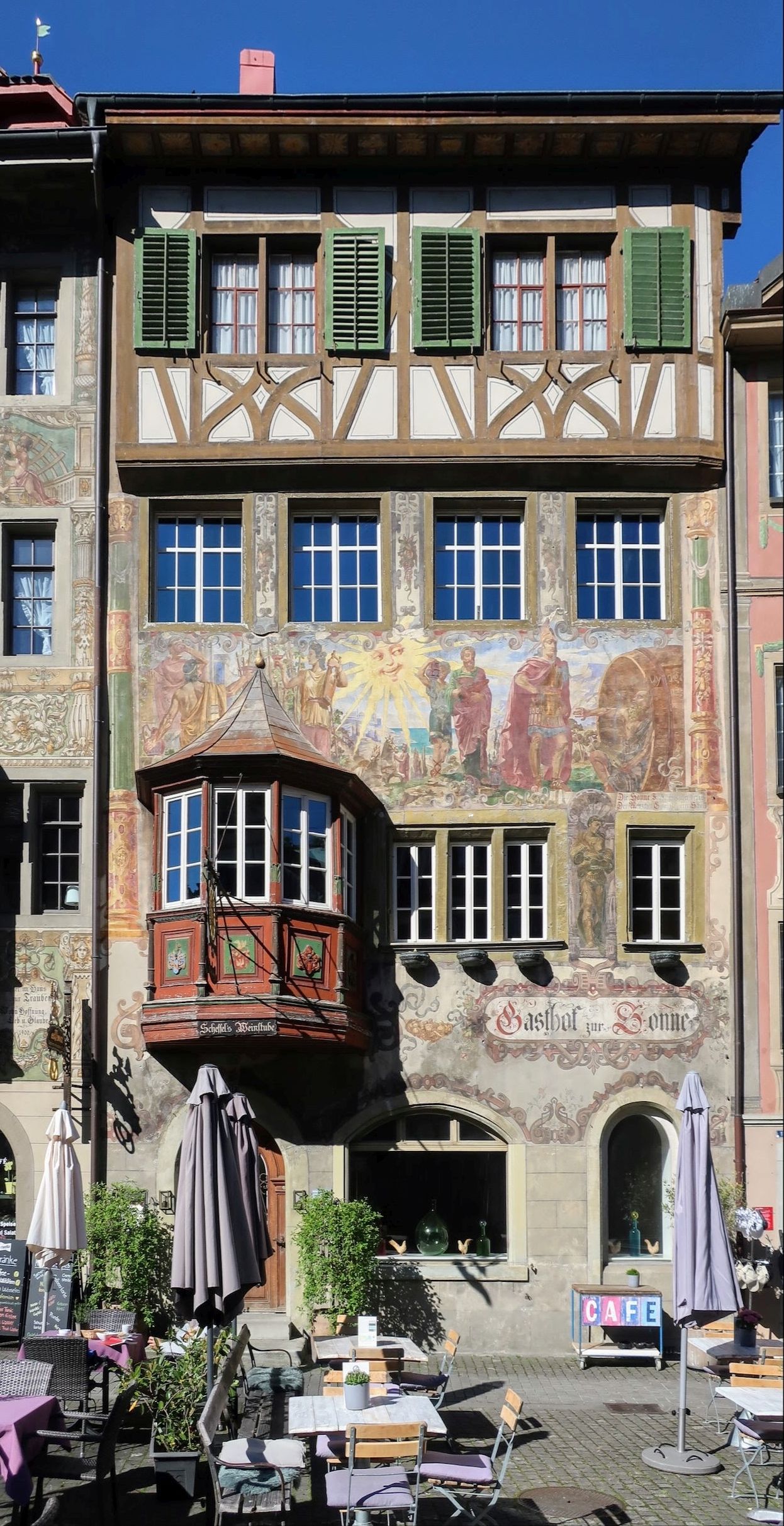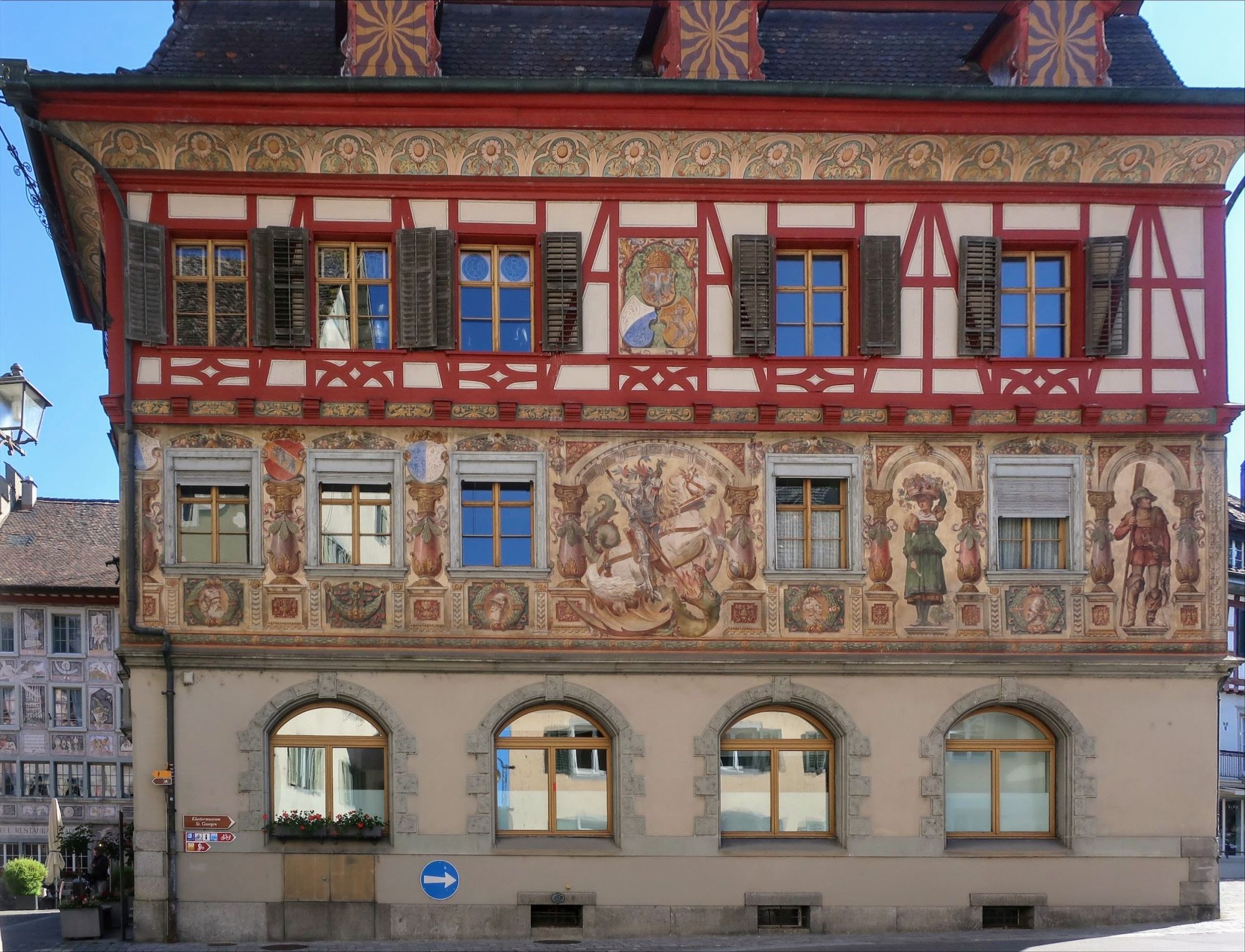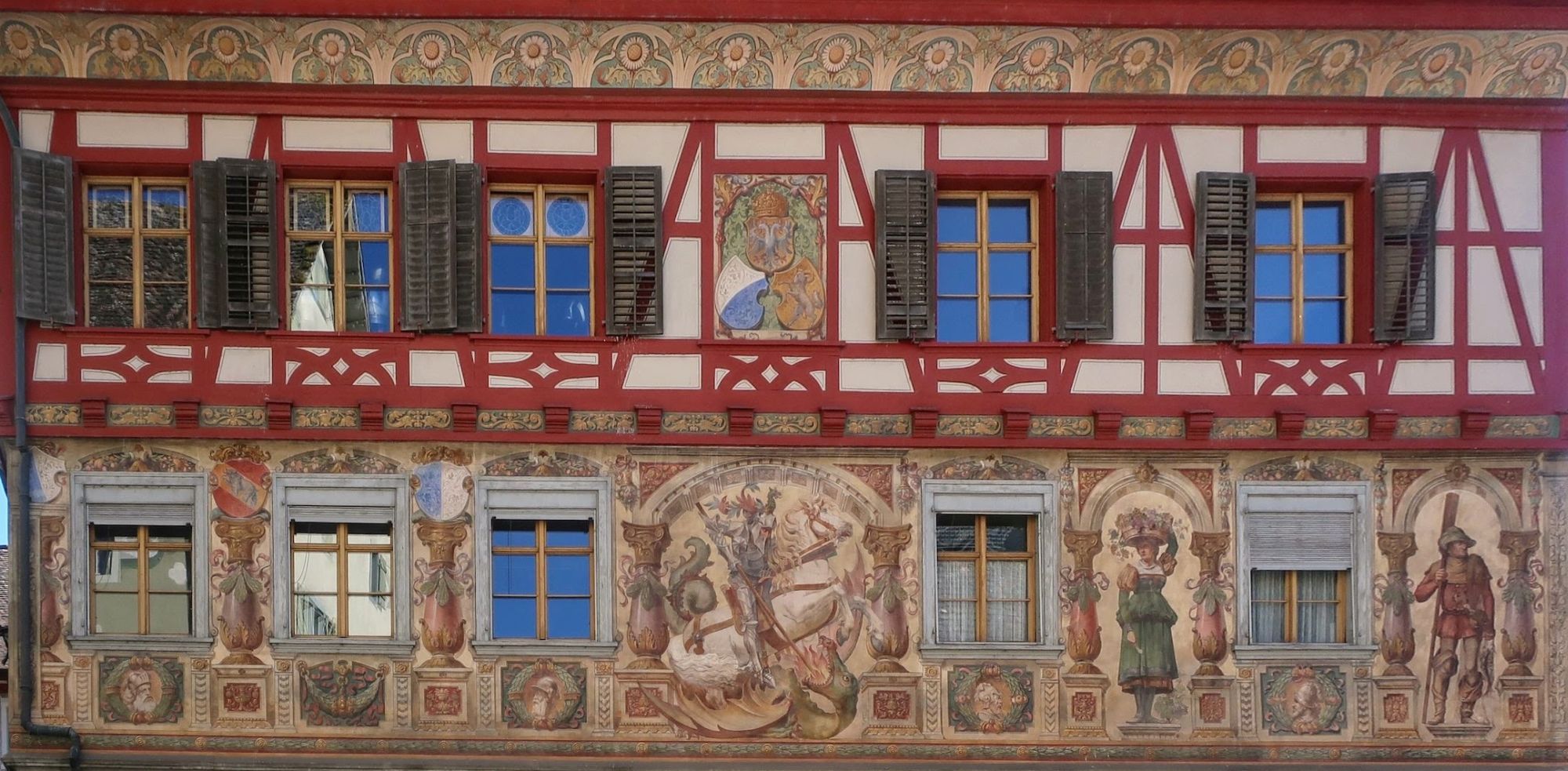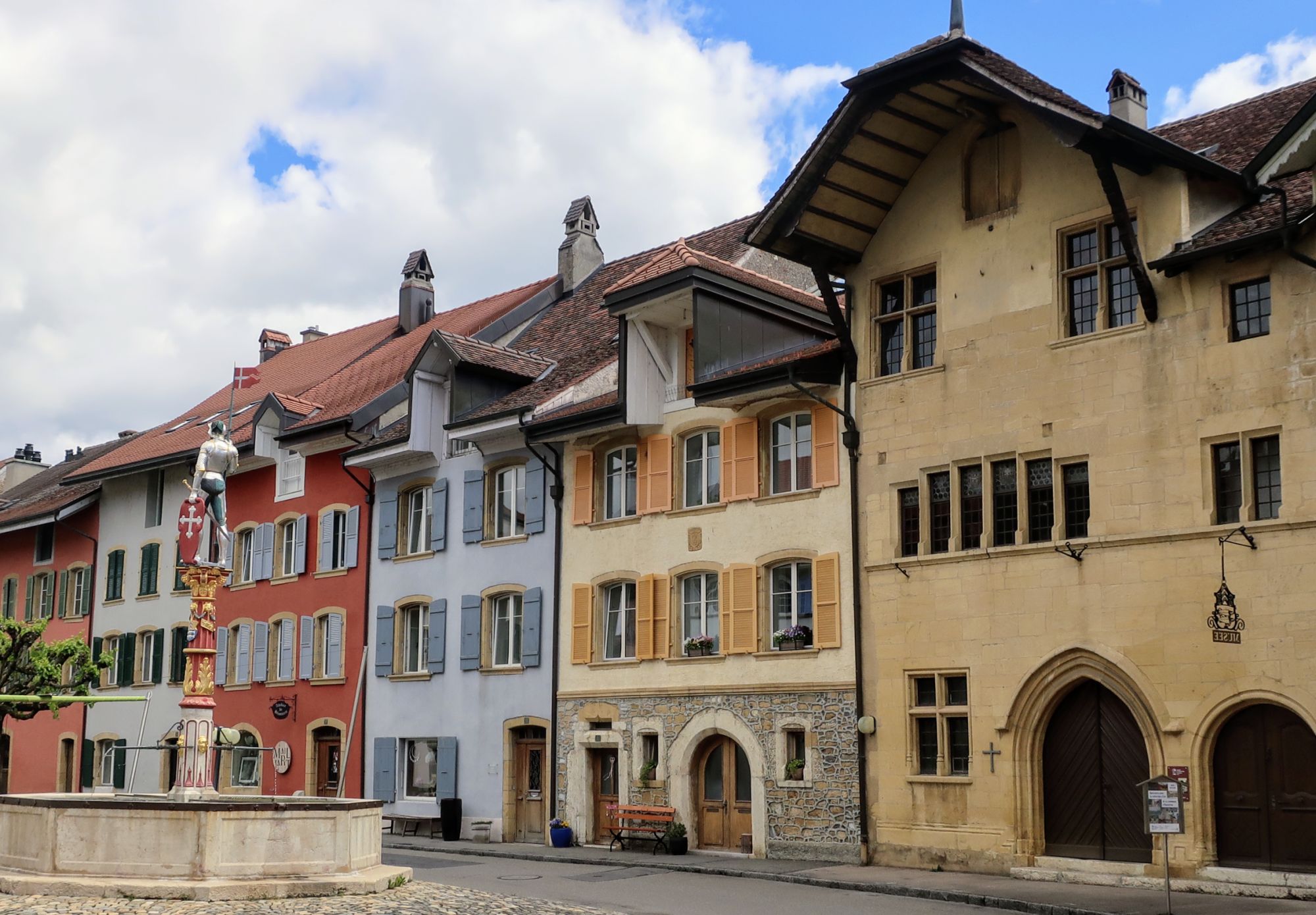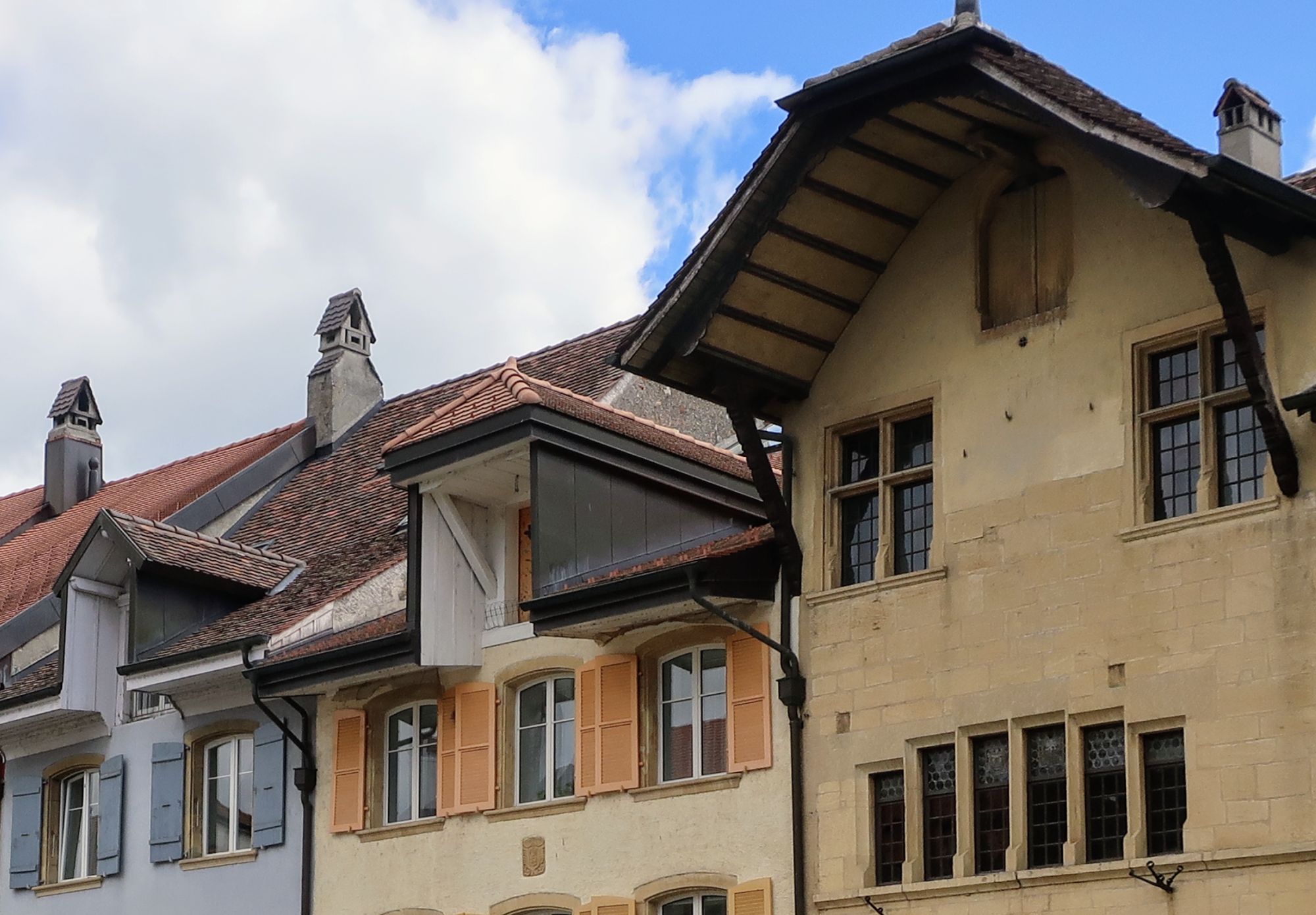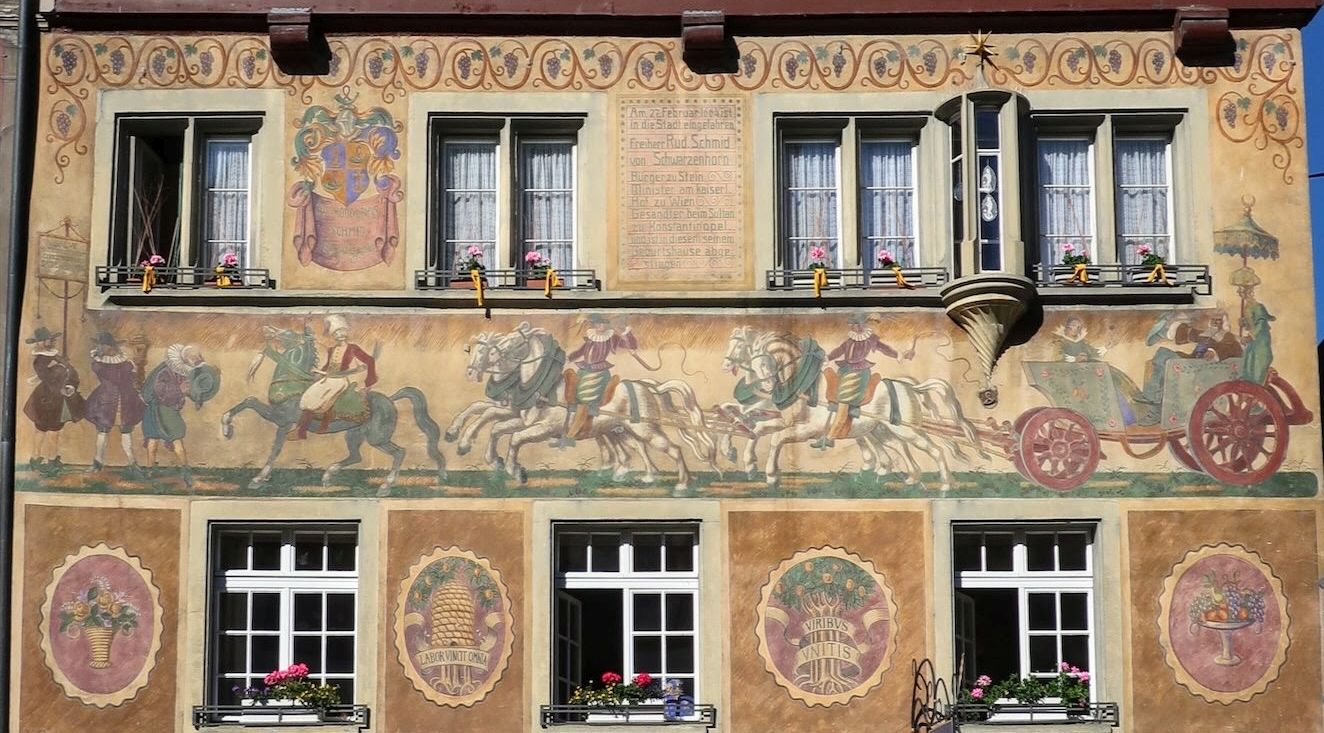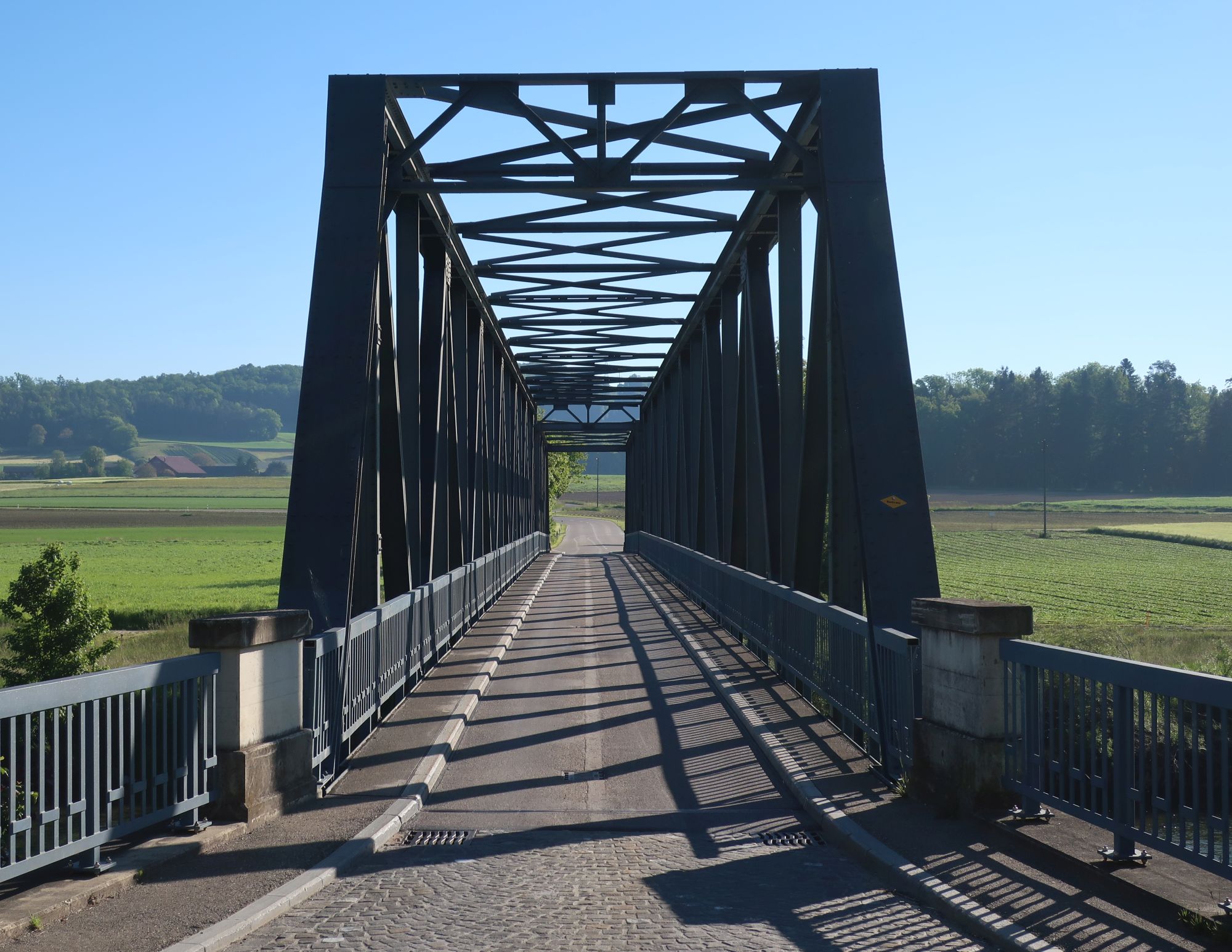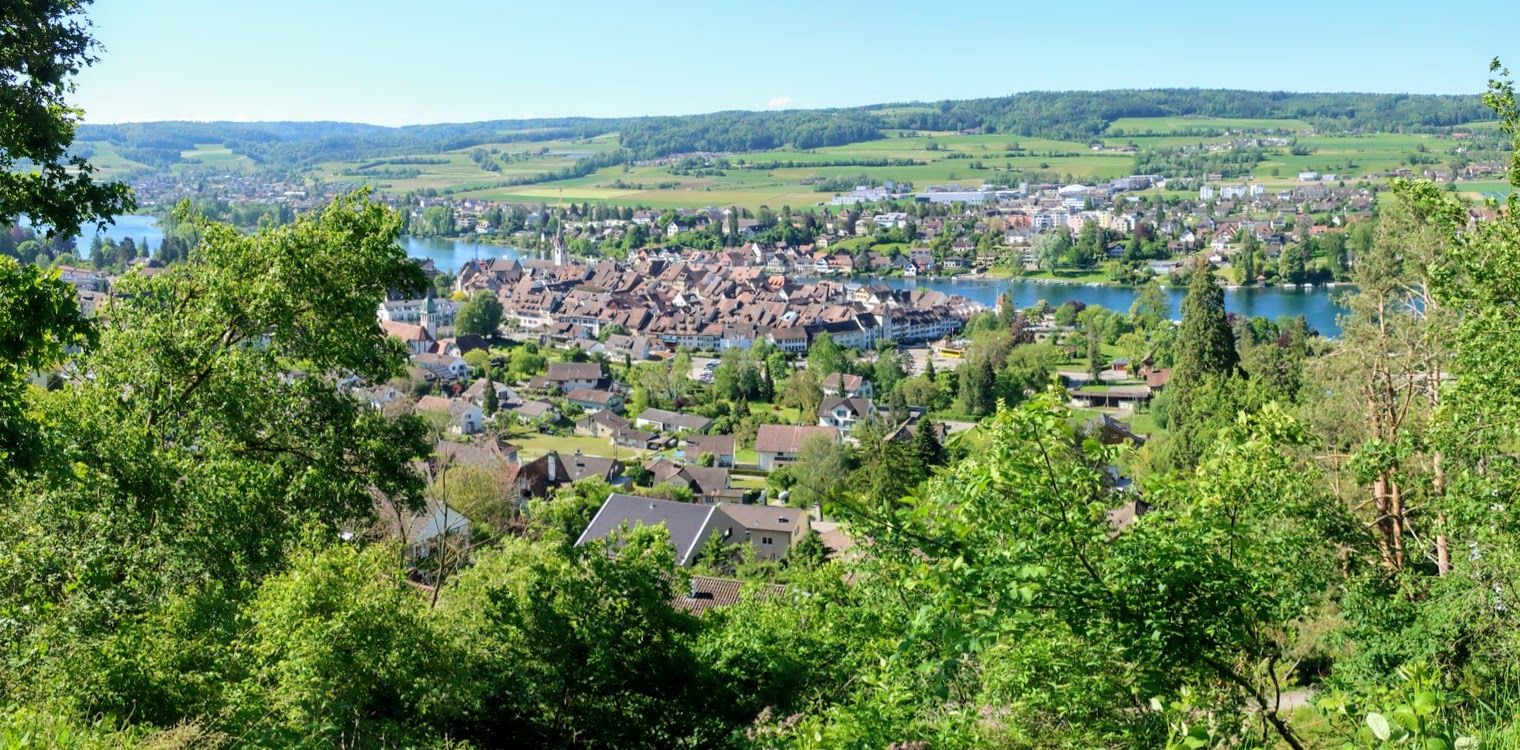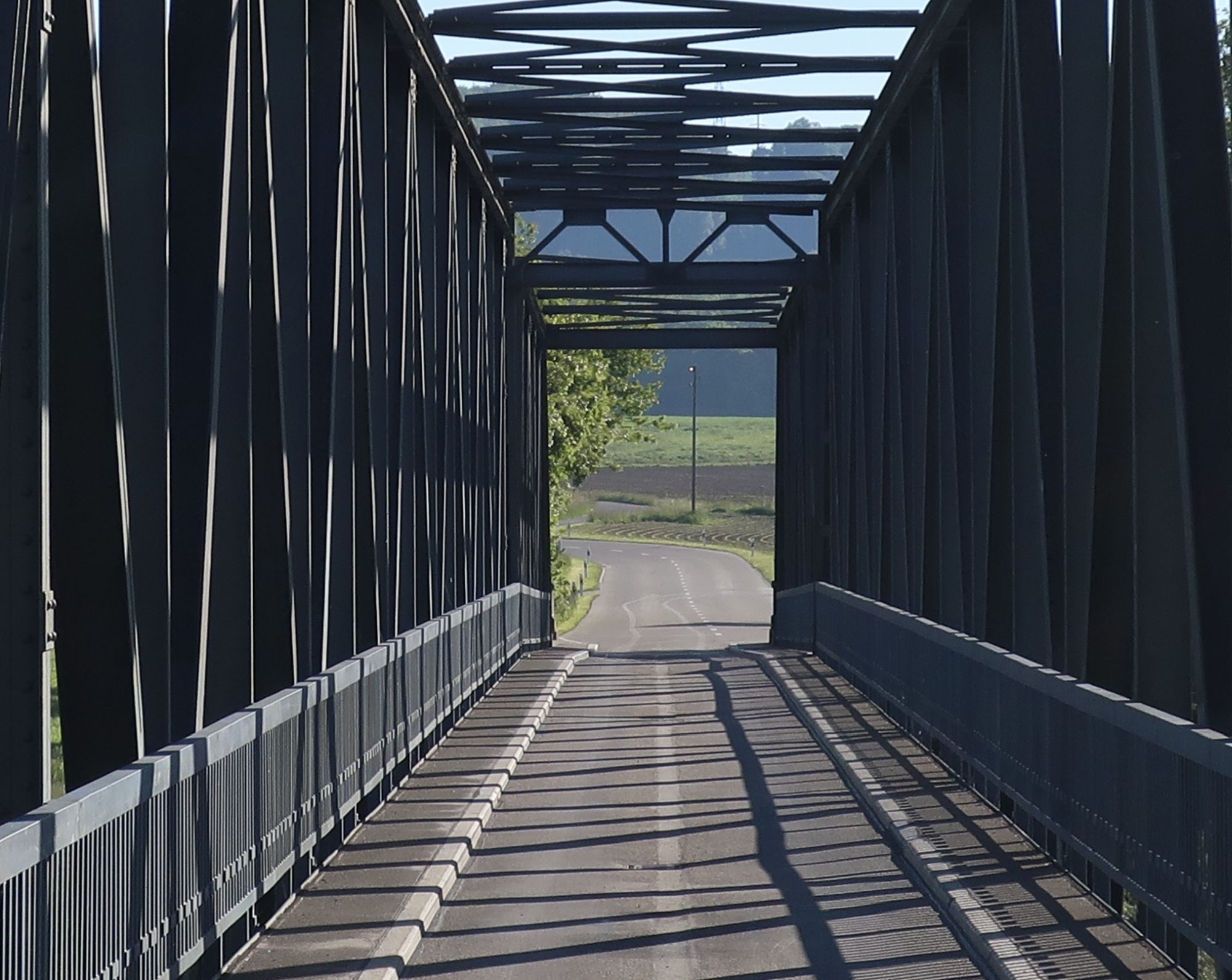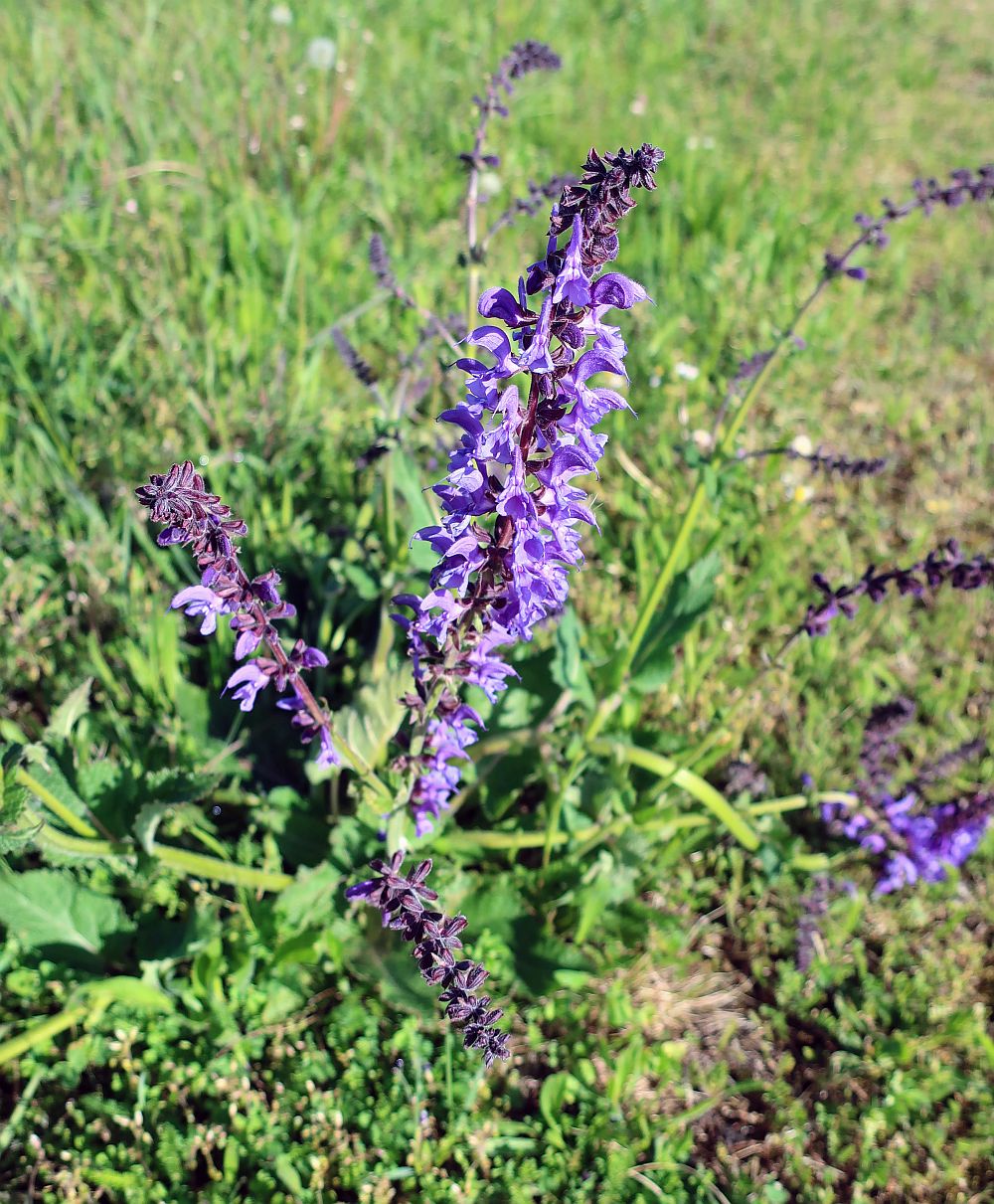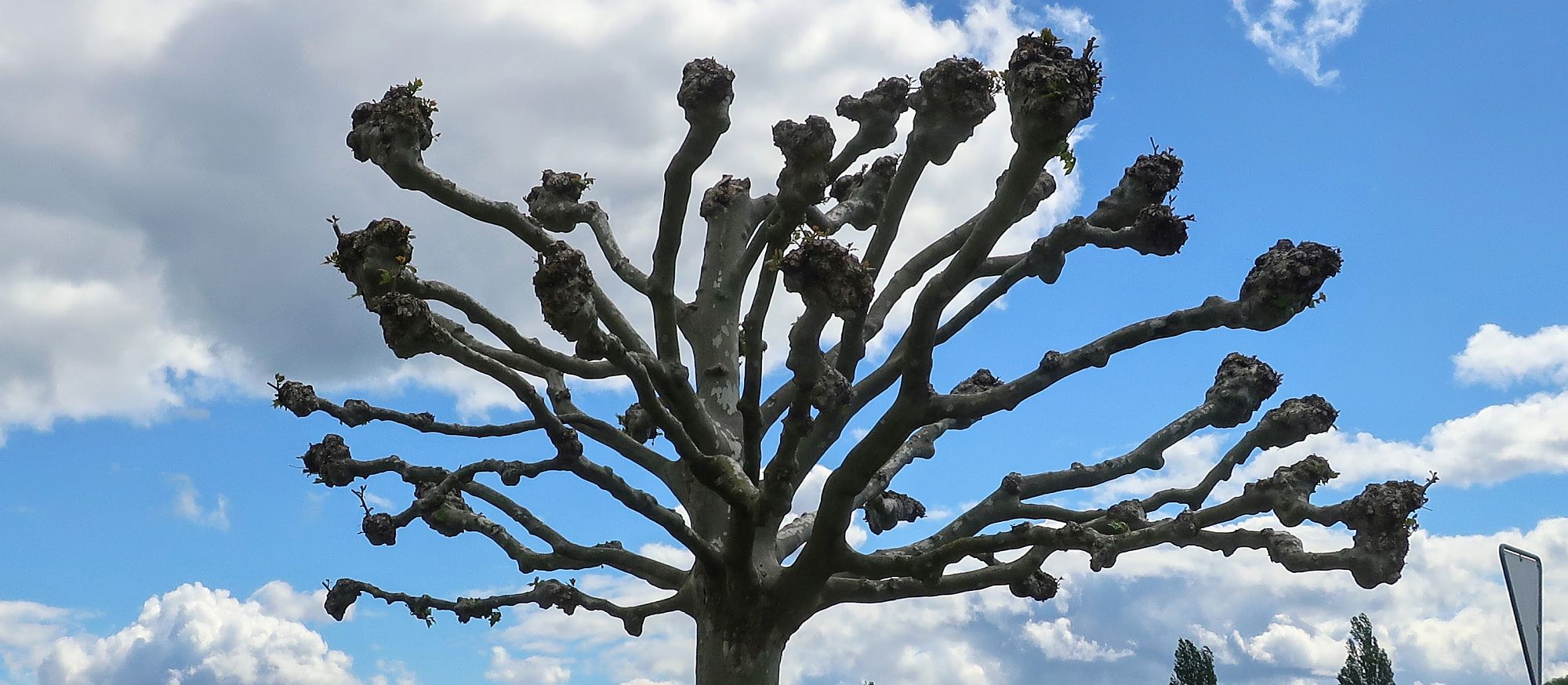Swiss and Switzerland
Another lake at Crans-Montana
Crans Montana Lake
Crans-Montana Ground
Crans-Montana, in the canton of Valais in Switzerland – home to the rich and famous, movie stars like Roger Moore, restauranteers like Michel Roux.
But to me, a rubber matt that covered the ground in a town square was the most interesting:
The pattern is 100% squares, they only look distorted due to the camera.
Bodensee flowers
Gurten tower
Outdoor pub in Bern
Thunderstorm over Winterthur
Statute in a Winterthur park
The mind-blowing dormer cranes of Le Landeron – 3
Continuing the series,
The mind-blowing painted houses of Stein am Rhein – 2
Continuing the series,
If you are not from Switzerland, you MUST exercise extreme caution before visiting this village.
Otherwise, there is a real possibility that your brain will explode!
Stein am Rhein is a little medieval village in north central Switzerland, and it’s famous for its medival houses that are elaborately painted, as these snaps show.
Here is one of many houses:
And here is a close-up of the bits that are elaborately painted:
The mind-blowing painted houses of Stein am Rhein – 3
Continuing the series,
If you are not from Switzerland, you MUST exercise extreme caution before visiting this village.
Otherwise, there is a real possibility that your brain will explode!
Stein am Rhein is a little medieval village in north central Switzerland, and it’s famous for its medival houses that are elaborately painted, as these snaps show.
Here is one of many houses:
And here is a close-up of the bits that are elaborately painted:
The mind-blowing dormer cranes of Le Landeron – 2
Continuing the series, Le Landeron is a medieval village in central western Swiss canton of Neuchatel that is one of a very tiny minority of Swiss villages in which most of the houses have been equipped with medieval dormer cranes, used for lifting things to the highest level:
For a long time I wondered about this, until I spoke with a historian in the German village of Villingen-Schweningen. He told me that people are lazy, if they can they prefer to keep their grain in their basement, and only in cases where the water table was very high were the higher floors of buildings used for grain storage. Et viola, dormer cranes.
The mind-blowing painted houses of Stein am Rhein
If you are not from Switzerland, you MUST exercise extreme caution before visiting this village.
Otherwise, there is a real possibility that your brain will explode!
Stein am Rhein is a little medieval village in north central Switzerland, and it’s famous for its medival houses that are elaborately painted, as these snaps show.
Here is one of many houses:
And here is a close-up of the bits that are elaborately painted:
Uncovered bridge – 3
Continuing the series, I took this snap of an uncovered bridge over the Thur river while en route to the Rhine village of Stein am Rhein in Switzerland,
Stein am Rhein – autostretched
Stein am Rhein is a very unusual medieval Swiss village, in which a majority of the historical buildings have painted facades. I’ll show more snaps in upcoming blogs, but first a view of Stein am Rhein from high on a hilltop, looking south:
In this region there is no way to describe the border between Switzerland and Germany except to say highly irregular. Sometimes Germany is north of the Rhein, sometimes it’s south, same with Switzerland. The border takes zillions of twists and turns.
Winterthur – autostretched
Zurich business courtyard – autostretched
Uncovered bridge – 2
Uncovered bridge
ZRH flower
Landeron tree
I took this snap just outside of the Swiss historical village of Le Landeron, in the Kanton of Neuchatel,

